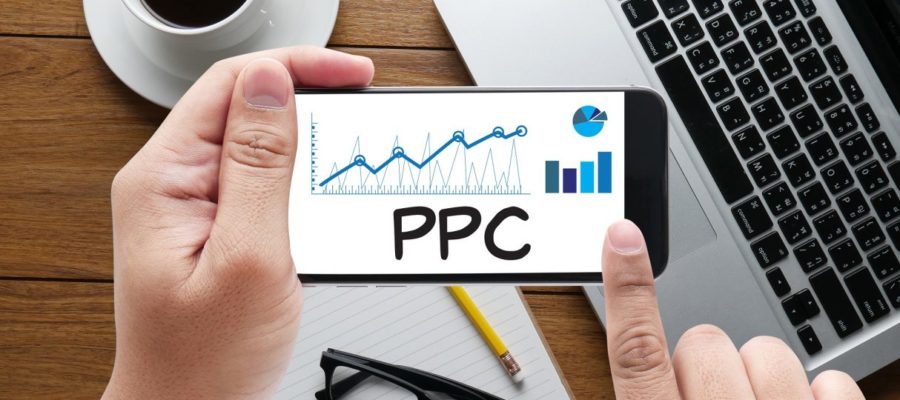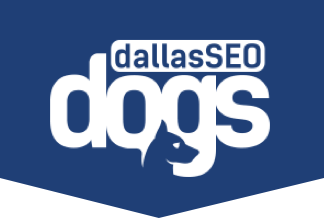PPC Landing Page vs Service Page

The ideal SEO landing page is the balance of two complex tasks: You’re trying to get Google’s attention by highlighting your focus keywords in your titles, headers, and content while at the same time making it appear natural and readable for the end-user. If you go too far in one direction, your SEO efforts will likely fail.
Focus too much on cramming search terms into your page and you will likely have a high bounce rate because users will not want to read through your page. If you go too far in the other direction by only focusing on the user experience, Google may have a difficult time figuring out what your webpage is about and you won’t get enough visitors to your page in order to get the rankings to boost from a low bounce rate.
SEO Landing Page Best Practices
Generally speaking, the ideal SEO page has about 300 – 600 words of content, clearly divided into readable chunks with headers containing primary, secondary, or tertiary keywords with your keywords sprinkled in naturally throughout the content. If you read the page and feel that it is “spammy”, it probably is and you’ll want to rewrite it.
PPC Landing Page Best Practices
Pay Per Click Landing Pages, on the other hand, are completely different animals. The goal of a PPC landing page is to drive a user towards making the action that you desire. The length of the content doesn’t matter as much, as long as it is organized with clear calls to action, value statements, and propositions. Think about the sales funnel. Generally speaking, an SEO landing page is designed for people who are earlier in the sales process.
They are very likely still researching who, what, or why they should purchase a product or service. Assuming you’re not a large company spending millions of dollars a year, your PPC campaign will be tightly and narrowly focused on the keywords that are indicative of someone further down the sales funnel. These people are ready to buy and ready to buy now.
When creating a PPC campaign with landing pages, always keep these things in mind:
Create Goals
What is the goal of your campaign? Do you want to drive sales, lead submissions, phone calls, or downloads? Once you know what we want to accomplish with your campaign, research your competitors and analyze what their messages are.
Always build your landing pages with your target market in mind.
Who are your customers? Are they wealthy middle-aged men? Are they desperate people trying to repair their homes? Think about what they are seeking and how they got there.
Create Dedicated Landing Pages for Each Advertised Service
As much as your time and budget allow, create dedicated landing pages for each of the services you are advertising. Don’t use the same landing page for people seeking a divorce lawyer as you would for someone searching for a child custody lawyer. If you don’t have the time and budget to create landing pages for each service at once, create one per billing cycle and add them each month.
Optimize your landing pages!
Keep your page simple and easy to read. Don’t overload them with information, these people are already further along in the sales process. You don’t want to provide so much information that they go from “Purchase” mode to “investigate” mode again.
Give them multiple opportunities to convert on each landing page. Place your phone number at the top and at the bottom. Even if you desire calls, have a contact form. Also include a link to your email address. Make it as easy as possible for them to find ways to contact you so they don’t have to hunt for it.
Only ask for the information that you need the most. You do not need their life story. Use clear, concise calls to action and benefit statements. Always make sure that these statements line up with how the business wants to be represented. If your client is a bulldog of a family attorney, you don’t want to present him as a kind compassionate attorney.
Always be testing the performance of each landing page. If you have the ability and the platform, you can create two versions of each landing page with slightly different styles or calls to action to see what people respond to best. Some tests might run for a week or two, others might take a few months. Make sure you have a large enough data size to truly assess the success (or failure) of each page.
Too often I’ve seen people try to use the same landing page for their PPC ads as they do for SEO landing pages and they see poor results month after month. Even worse, some people know that their service pages are insufficient so they direct users to their home page instead. At SEO Dogs, we find a way to stay within our clients’ PPC budget to create custom landing pages that greatly increase the chances of conversion. Because ultimately, assuming the PPC keywords and Ads are relevant, the page the user goes to is what ultimately decides if they convert or not. Contact us today to learn more about our PPC management services.
